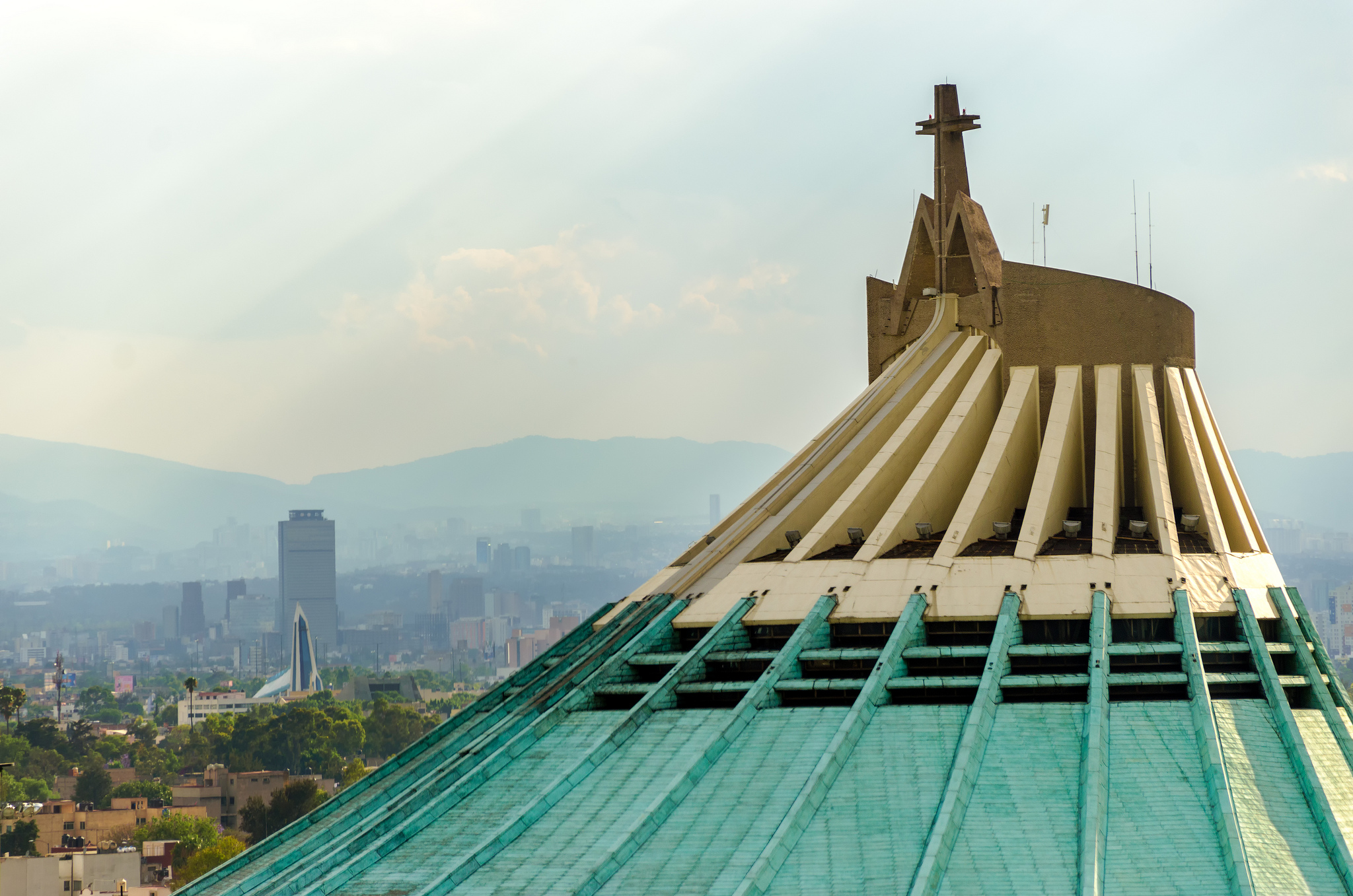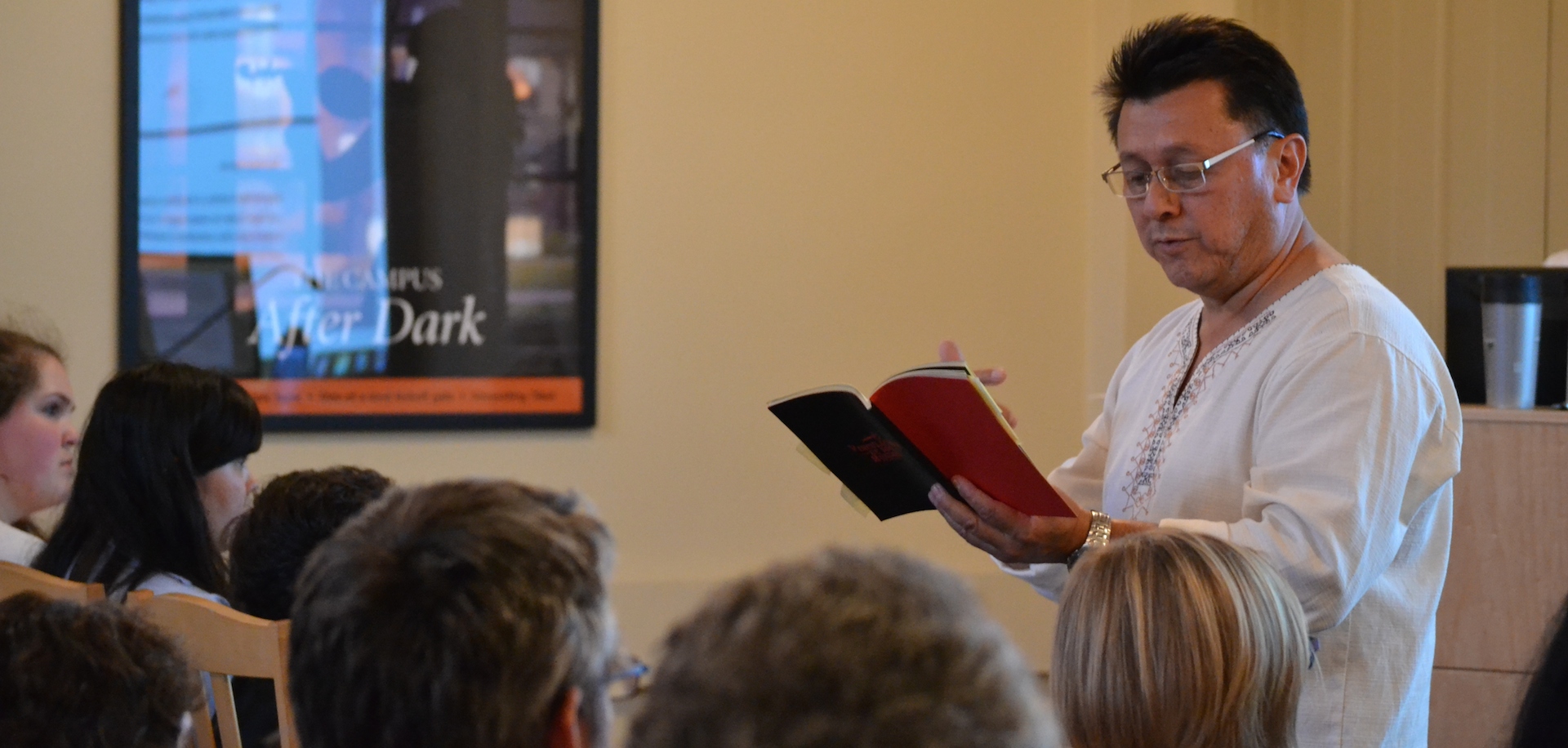
On Thursday, the Community for Hispanic Awareness (CHispA) hosted a discussion about the importance of Our Lady of Guadalupe. This discussion featured presentations by Professor Monica DeHart (Director of Latin American Studies and Associate Professor of Anthropology) and Chaplain Dave Wright.
DeHart studies culture in Mexico and throughout Latin America. “The Virgin of Guadalupe is an important part of that landscape,” DeHart said.
Our Lady of Guadalupe first appeared in 1531 to a man named Juan Diego.
As the story goes, Diego saw the apparition of a young woman near Mexico City on the Hill of Tepeyac. The woman spoke in the indigenous language native to the area, Nahualt.
According to the story, the woman asked Diego if a church could be built right there on the hill in her honor. Diego recognized the woman as the Virgin Mary and rushed back to Mexico City in awe, where he told the Spanish archbishop what he had seen. The archbishop demanded that Diego return to Tepeyac in order to get solid proof of the woman’s identity.
And so, Diego returned to Tepeyac and explained the dilemma to the Virgin. She told him to go and gather the flowers growing at the top of Tepeyac Hill, and though it was late December—a time when no flowers grew—Diego did as he was bid. The flowers turned out to be Castilian roses, flowers not native to Mexico. The Virgin arranged them on Diego’s tilma, or peasant cloak. When, on Dec. 12, Diego opened the cloak for the bishop, the flowers fell away leaving behind an image of the Virgin of Guadalupe.
That same year, a basilica was put up in her honor. In 1974, another basilica was built right next to the original one.
“Five million people a year will go on a pilgrimage to the Basilica of Our Lady of Guadalupe in order to honor her,” DeHart said. “She is not just a religious symbol, she has become so much a part of Mexican culture, a source of pride for Mexico’s national identity. Children dress up as little indigenous people in order to represent Juan Diego. She’s a lasting, fertile and powerful symbol of hope for people who are suffering or fighting for justice.”
DeHart made it clear that Our Lady of Guadalupe was not just a Mexican symbol. “There’s a big parade in L.A. each year in her honor. Other cultures such as Filipino and African American have adopted her as their own.”
Chaplain Dave Wright continued the presentation with a story about the time he experienced the magic of the basilica.
“There were people on their knees. It was amazing and humbling. In order to get to the basilica you come through this small alleyway. There were masses everywhere, they run 365 days a year every hour on the hour,” Wright said.
The modern basilica is a circular building about 330 feet in diameter and can accommodate 50,000 people.
“There are nine chapels on the second floor, all in different languages,” Wright said. “There’s a sense of deep reverence. What I found most striking was not the old architecture, around the side of the basilica there were these almost empty gardens. The garden was lush and just this liminal moment in that space. I wish there were more places like that in the world. It is truly a liminal place.”
Freshman Katherine Padgett was interested in it. “I think culture is really important—in terms of the language—a lot of it is tied in a religious sense, particularly a language like Spanish. I liked the original story of the Virgin because I didn’t know all the new symbols she had taken on.”
DeHart added her last bit, concluding the discussion. “I think the Virgin of Guadalupe—in her many roles and guises, be they religious, nationalist, or cultural—is prominent in this society for a large portion of today’s youth; therefore, it’s important that people understand why and how she matters for so many people there.”

